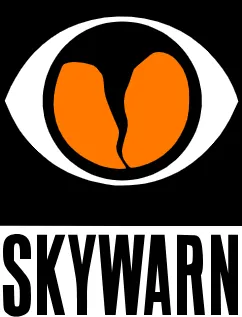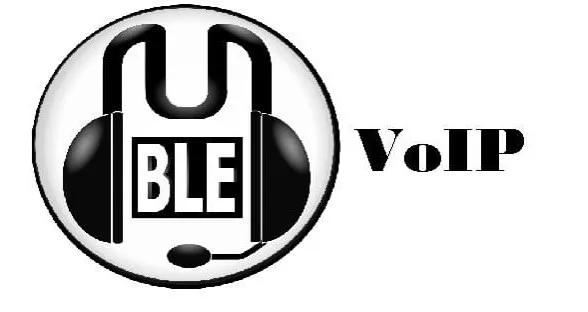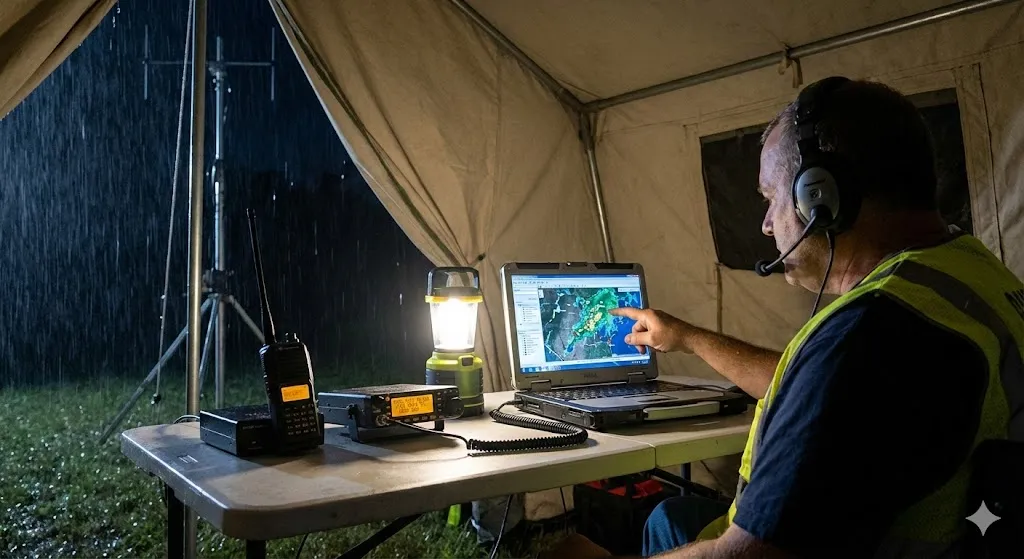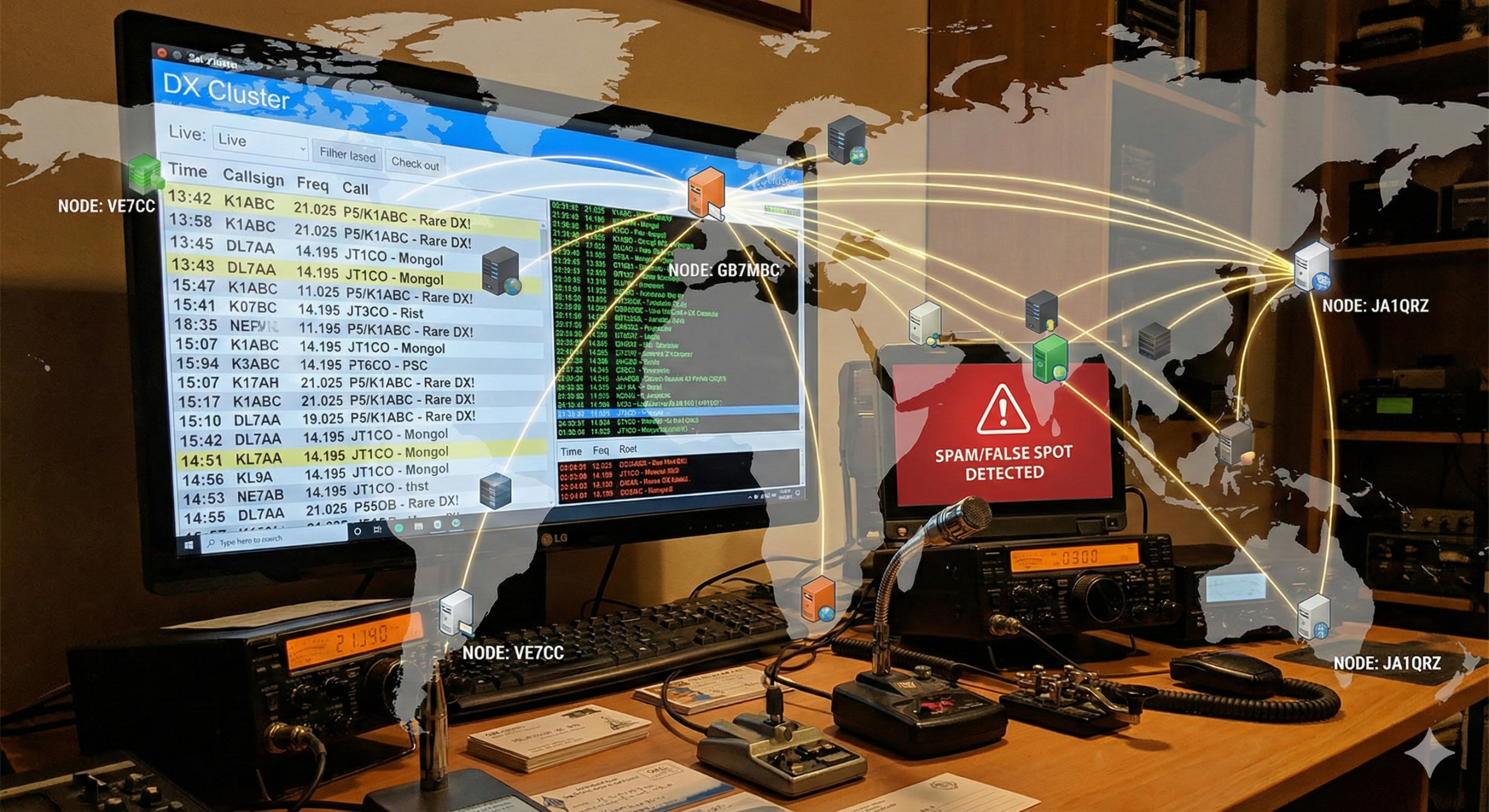amateur radio
ham radio
SKYWARN
united states of america
weather
amateur radio, Citizen Science, Community Preparedness, Community Resilience, Disaster Response, EmComm, emergency communications, Emergency Management, emergency preparedness, ham radio, National Weather Service, NOAA, NWS Spotters, public service, Severe Storms, Severe Weather, SKYWARN, Storm Chasing, Storm Spotters, Storm Tracking, Thunderstorm Safety, Tornado Safety, Volunteer Weather, Weather Alerts, Weather Observation, Weather Radio, Weather Readiness, Weather Safety, Weather Spotting, Weather Watchers
9M2PJU
0 Comments
SKYWARN: The Eyes and Ears of the National Weather Service
SKYWARN is a vital volunteer program established by the National Atmospheric and Oceanic Administration (NOAA) and the National Weather Service (NWS) that forms a crucial link in America’s severe weather warning system. This network of trained weather spotters provides real-time ground observations that complement advanced meteorological technology and helps protect communities across the United States.
What is SKYWARN?
SKYWARN is a nationwide volunteer program started in the 1970s that consists of approximately 350,000 trained weather spotters who report observed severe weather phenomena to help the National Weather Service issue more timely and accurate warnings. These volunteers include police and fire personnel, emergency management workers, amateur radio operators, and ordinary citizens concerned about their community’s safety.
The program primarily focuses on identifying and reporting severe local storms, but SKYWARN spotters also report winter weather conditions, flash floods, and various other weather-related hazards depending on their regional needs.
The NOAA Connection
SKYWARN operates under the National Weather Service, which is part of NOAA. While weather radar, satellite imagery, and computer models provide meteorologists with valuable data, these technologies have limitations. SKYWARN spotters provide essential “ground truth” observations that help meteorologists understand what’s actually happening beneath storm systems, creating a more complete picture that improves warning accuracy and timeliness.
The Critical Role of Amateur Radio in SKYWARN
Amateur radio (often called “ham radio”) plays a fundamental role in the SKYWARN program for several important reasons:
Resilient Communications
When severe weather strikes, conventional communications infrastructure can fail. Power outages may disable cell towers, internet connections can go down, and phone lines can become overloaded. Amateur radio operators can typically continue communications using battery power and portable equipment even when other systems fail, providing crucial backup during emergencies.
Network Organization
As described in the NWS Norman example, amateur radio operators organize into structured nets (networks) during severe weather events. These networks create an efficient communication chain that ensures important weather observations reach the National Weather Service quickly.
The typical structure involves:
- Local spotters reporting to local net control stations
- Local net control stations gathering and filtering reports
- Liaison stations relaying filtered information to NWS offices
This organized approach prevents the NWS from being overwhelmed with redundant information while ensuring critical observations are transmitted promptly.
Technical Expertise
Many amateur radio operators bring additional value through their technical knowledge and experience with emergency communications. They often assist in setting up and maintaining communications systems that support the entire SKYWARN operation.
Geographic Coverage
Amateur radio repeater networks extend communication capabilities across vast geographic areas, including rural regions where cellular coverage may be limited or nonexistent. This helps ensure comprehensive weather reporting coverage regardless of location.
SKYWARN in Action
During severe weather events, here’s how the SKYWARN program typically functions:
- The NWS issues severe weather watches or warnings for an area
- Local SKYWARN nets activate on designated frequencies
- Trained spotters deploy to safe observation locations
- Spotters report specific weather phenomena according to their training
- Net control operators consolidate and relay significant reports to the NWS
- NWS meteorologists incorporate these ground observations into their analysis
- Updated warnings or information is issued to the public
This process helps improve warning lead times and accuracy, potentially saving lives and reducing property damage.
Training and Participation
The National Weather Service offers free SKYWARN spotter training sessions across the country, typically coordinated through local NWS forecast offices. These sessions teach participants how to:
- Identify potentially severe weather developments
- Understand basic storm structure and hazards
- Report observations accurately using standardized criteria
- Maintain personal safety while spotting
While amateur radio operators form a backbone of the program, SKYWARN welcomes participants from all backgrounds. Anyone with an interest in public service and weather observation can become a trained spotter.
The Future of SKYWARN
As technology advances, SKYWARN continues to evolve. Mobile apps, social media integration, and other digital tools are expanding reporting capabilities. However, the core principles remain the same: trained human observers providing crucial ground-truth information that complements technological systems.
Amateur radio’s role remains essential due to its reliability during infrastructure failures and its structured approach to emergency communications. The partnership between NOAA, the National Weather Service, and the amateur radio community demonstrates how government agencies and volunteer citizens can work together effectively to protect communities nationwide.
For those interested in severe weather, public service, or emergency preparedness, SKYWARN offers a meaningful way to contribute to community safety while learning valuable skills. The program stands as a testament to how citizen involvement enhances official warning systems and helps communities become more resilient in the face of severe weather threats.
Visit:







Post Comment